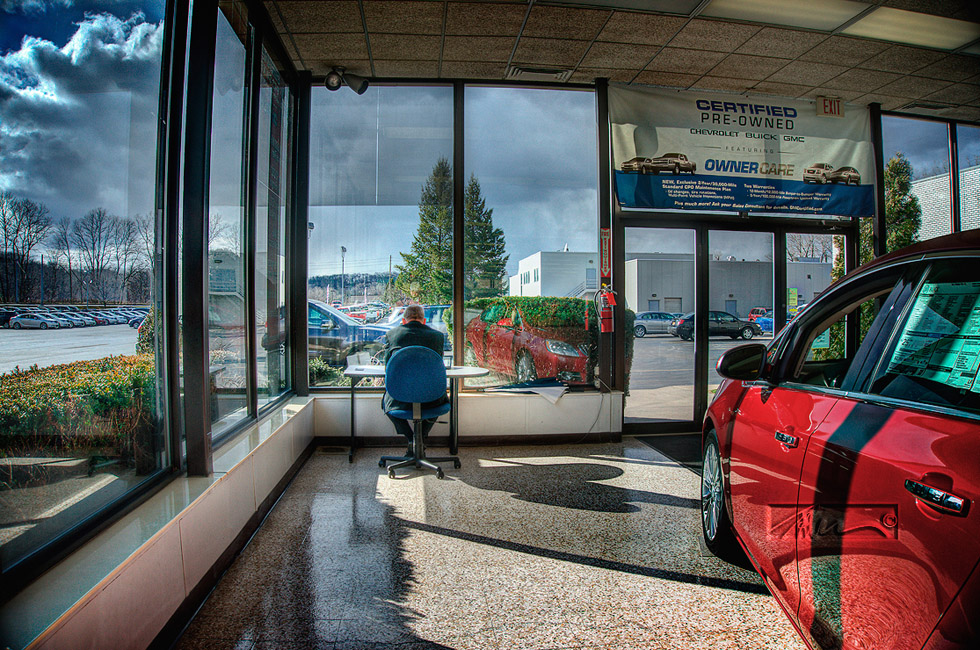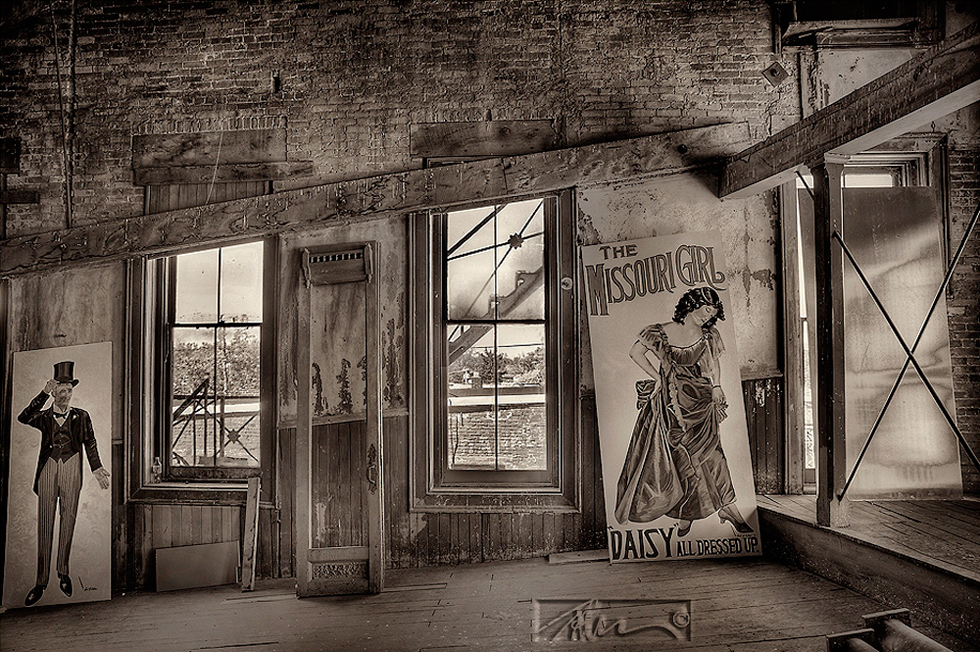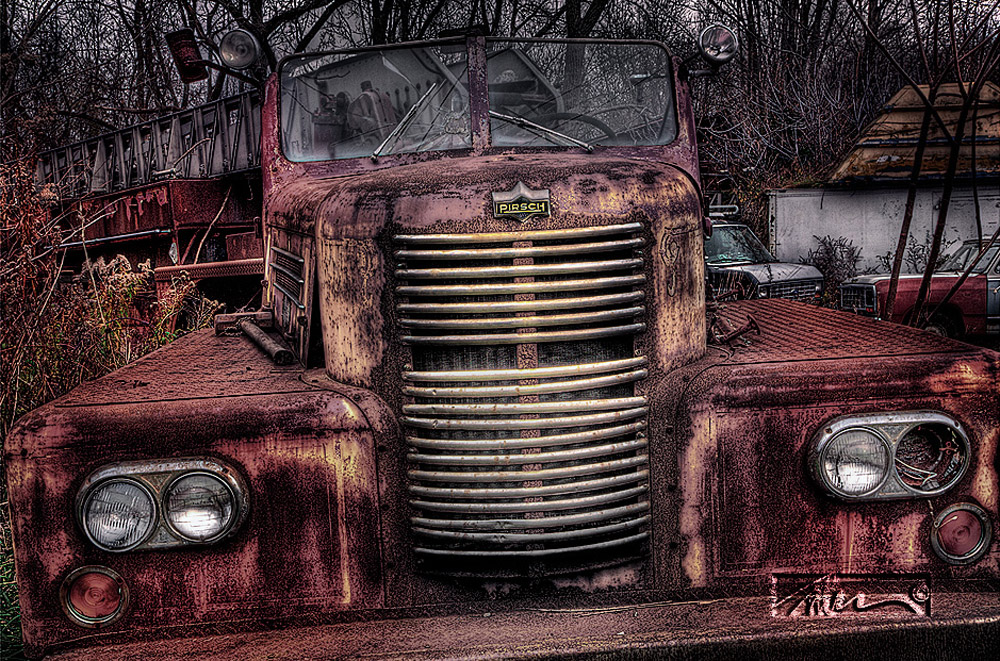There seem to be many misconceptions about the process of HDR.
HDR can create images that are pretty amazing. It can also produce images that are dreadfully awful. HDR is about details and tonal scale. It is a valid process that needs a little thoughtful consideration.
HDR or High Dynamic Range is a photographic process as much as Lightroom or Photoshop. It has a specific purpose that can be useful for many kinds of images. It can allow us to see the details out a bright window as well as the features within a darkened room. A “normal” photograph just can’t do that with conventional techniques – at least not yet.
HDR seems to have a lot of followers. But it also has fostered many of those who dislike the way it has been abused. I believe it is the abuse that has given it a bad name.
While HDR is not for everyone, HDR is a valid creative choice for a variety of reasons. I myself use it for the purpose of recreating how I see the world. To me, it produces the dynamic range I sense when I look at most subjects. Things look more alive and the tonal range seems more natural to the way we see the world. Without HDR, shadows block up and highlights wash out. HDR solves those problems beautifully.
Pushing any process beyond its intended use, without regard for communication, produces effects, which are usually associated with bad image making – HDR included. HDR has gotten a bad reputation in many imaging circles for some of its strange appearances. I agree that a great many so called HDR images seem to have no reason for the usually unpleasant and unnatural effects other than unrestrained manipulation for the sake of being different. I think much of it is done by amateurs who do not understand the medium. I too find them gaudy. The process interferes with the content and the subject of the image. Many of the badly produced HDR image I see on the web, have very little if any, real content or substance.
When we push image technique such as HDR a bit too far, the effect seems more about shock or process than about substance. For me, pushing the envelope makes sense as long as it produces value for my audience. One of which is myself. It needs to enhance the subject as well as the idea of the photograph. The value of an image has more to do with how you define the subject than it does with creating a visual effect.
High Dynamic Range when used properly opens up the shadows as well as the highlights. When HDR is used well, it extends the range of tones in an image and allows the darker and the lighter details to become more visible. Ansel Adams created a system called the Zone System in order to expand the detail and dynamic range of his film images. HDR can serve the same function for digital images.
HDR is simply a tool for enhancing details that cannot be captured any other way. It is a relatively new tool that is not yet fully understood by many on either the making or the receiving end of photographic communication. When used as it should be used, it has great potential for image enhancement. If it is used without constraint, it can degrade the final image.
There are those who use HDR well and those who do not. Like anything else in photography, a little goes a long way. It is very easy to push tools like HDR. It is just as easy to push any imaging software technique into the realm of the strange and unnatural. Anytime a process is pushed beyond its intended use, the image runs the risk of becoming adversely affected.
Every digital tool should be considered for what it brings to the image or what it might take away. All software should be used for its ability to produce the desired effect, which in most cases, is a believable rendition of the subject.
The secret to HDR is to use it sparingly. For me, the usual goal is to create an image that looks like the scene I photographed. I work to produce the light and atmosphere of the remembered scene. When necessary, I use the controls to carefully push the image to within acceptable tolerances in order to intensify the effect.
There are some amazing images that have been done with the process. I would say that there are a large number of people using it as it should be used. I agree that it can easily become, like velvet painting, intensely grotesque. But again, that can happen with any process not used with a certain amount of constraint.
A vast number of the HDR images we encounter ignore the way HDR is supposed to be used. It would appear that many HDR “users” think that overuse of the technique produces interesting “artistic” results. The problem with doing so is that the images usually become too otherworldly. They do not look like the world we know. To many, they become cartoon-like, gimmicky and as such, they tend to repulse a large portion of the potential audience. The process gets in the way of the subject, and any message that might be intended, is easily lost.
However, I believe that not all photographs need to look natural or follow a certain criteria. There are times to overextend the process. Likewise, there are times to use them sparingly. Photography is a way to paint with light. It seems to beg for play. It is a plastic medium, which can be pushed way beyond what has been done previously. There is plenty of room to explore artistic results.
The secret to any process, HDR included, is to know when and how far to push the limits. The subject is one of the most important things to consider. The message is another. Everything else should be used to support them both.
HDR can also produce many other great effects, which can be acceptable as artistic ways of rendering a subject. Urbex (urban explorer) is an example technique that I personally love. It has a pretty distinct look, which can be useful for subjects that are old, full of texture and usually dilapidated. It creates a mood that is dark and somewhat depressing. Old building interiors are one of the main subjects that many Urbex HDR users seem to shoot as subjects. I like to shoot similar kinds of subjects I find in the environment using my own version of the technique. Certain types of portraits can also be interesting with the same kind of rendition.
I more than anyone I know, like to experiment with new imaging possibilities. Experimental imaging is and has been one of my favorite ways to play with photography. I believe that pushing the envelope can expand ones creativity and provides a foundation for producing unique imagery. But pushing the envelope requires the basic realization that not everyone will respond favorably.
Please have a look at some of my other posts here.
NOTICE of Copyright: THIS POSTING AS WELL AS ALL PHOTOGRAPHS, GALLERY IMAGES, AND ILLUSTRATIONS ARE COPYRIGHT © JOHN NEEL AND ARE NOT TO BE USED FOR ANY PURPOSE WITHOUT WRITTEN CONSENT FROM THE WRITER, THE PHOTOGRAPHER AND/OR lensgarden.com. THE IDEAS EXPRESSED ARE THE PROPERTY OF THE PHOTOGRAPHER AND THE AUTHOR.




